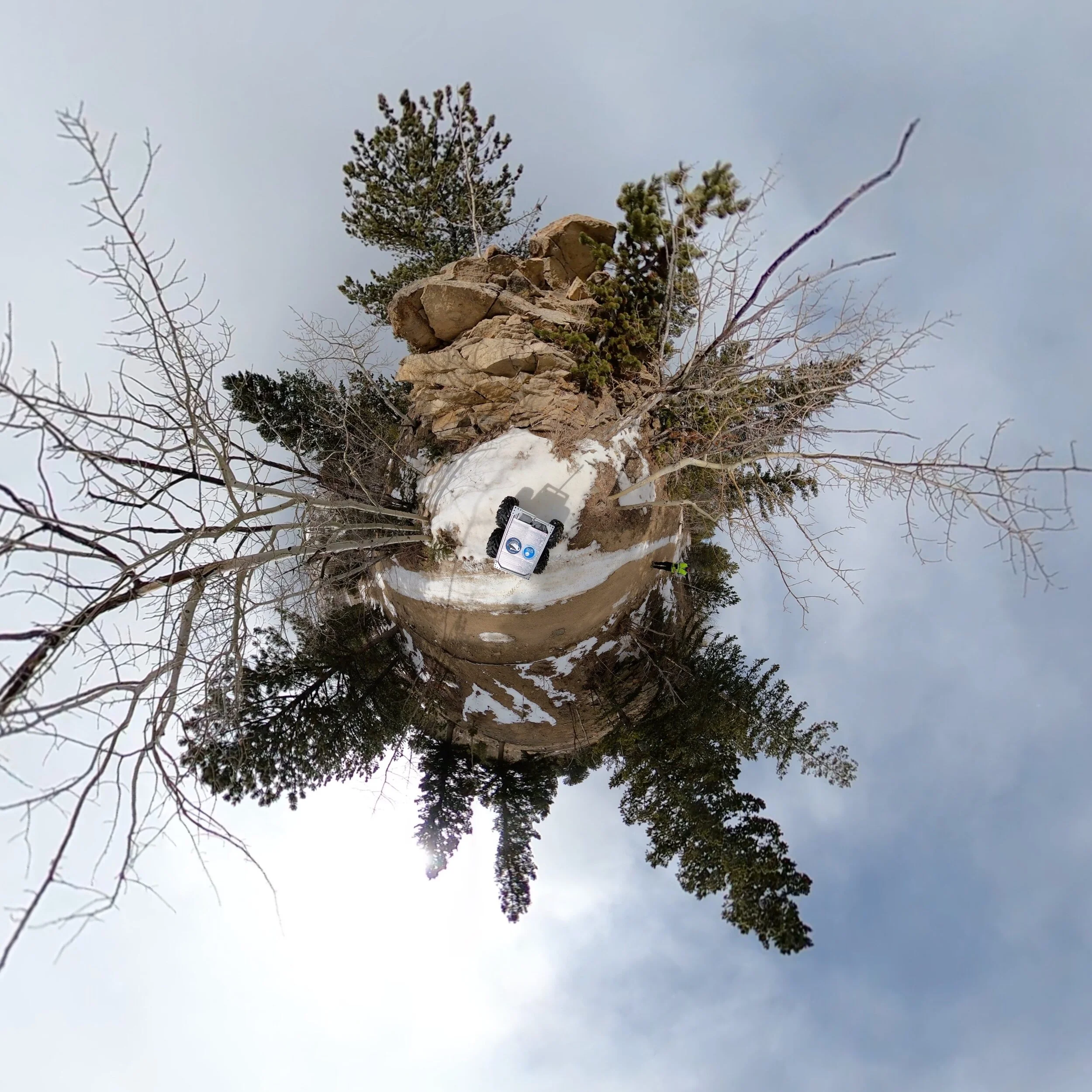Engineering and Instrumentation Projects
The giant space observatory JWST will be a powerful tool for studying the properties of dwarf planets and trans-Neptunian Objects.
Processing of hyperspectral and time-series imagery to reveal features buried by contamination from noise, background sources, or foreground sources.
How might NASA’s interplanetary telerobotics expertise be used to improve accessibility in geophysical field exploration on Earth? To learn, the Open Telerobotics Rover will join Project ESPRESSO field deployments while being remotely piloted by operators all over the world.
Ultra-lightweight vacuum chambers designed to be flown on reduced-gravity aircraft and suborbital rockets, ASEC systems enable researchers to conduct experiments and hardware tests in both lunar-like and asteroid-like gravity and pressure environments.
The regolith covering most asteroids has high magnetic susceptibility, and thus it can be physically manipulated with a magnetic field. In the low-g surface environment, magnetic grapples could anchor landers, mobilize robots, or enable highly efficient sample collection.





The Flicker cubesat mission proposal was developed for the first NASA SIMPLEx call for planetary science cubesat missions. It would be an innovative 6U observatory carrying three telescopes with ultra-fast wide-field cameras to catch the momentary flicker of light when a distant object in the Kuiper Belt briefly occults a background star.